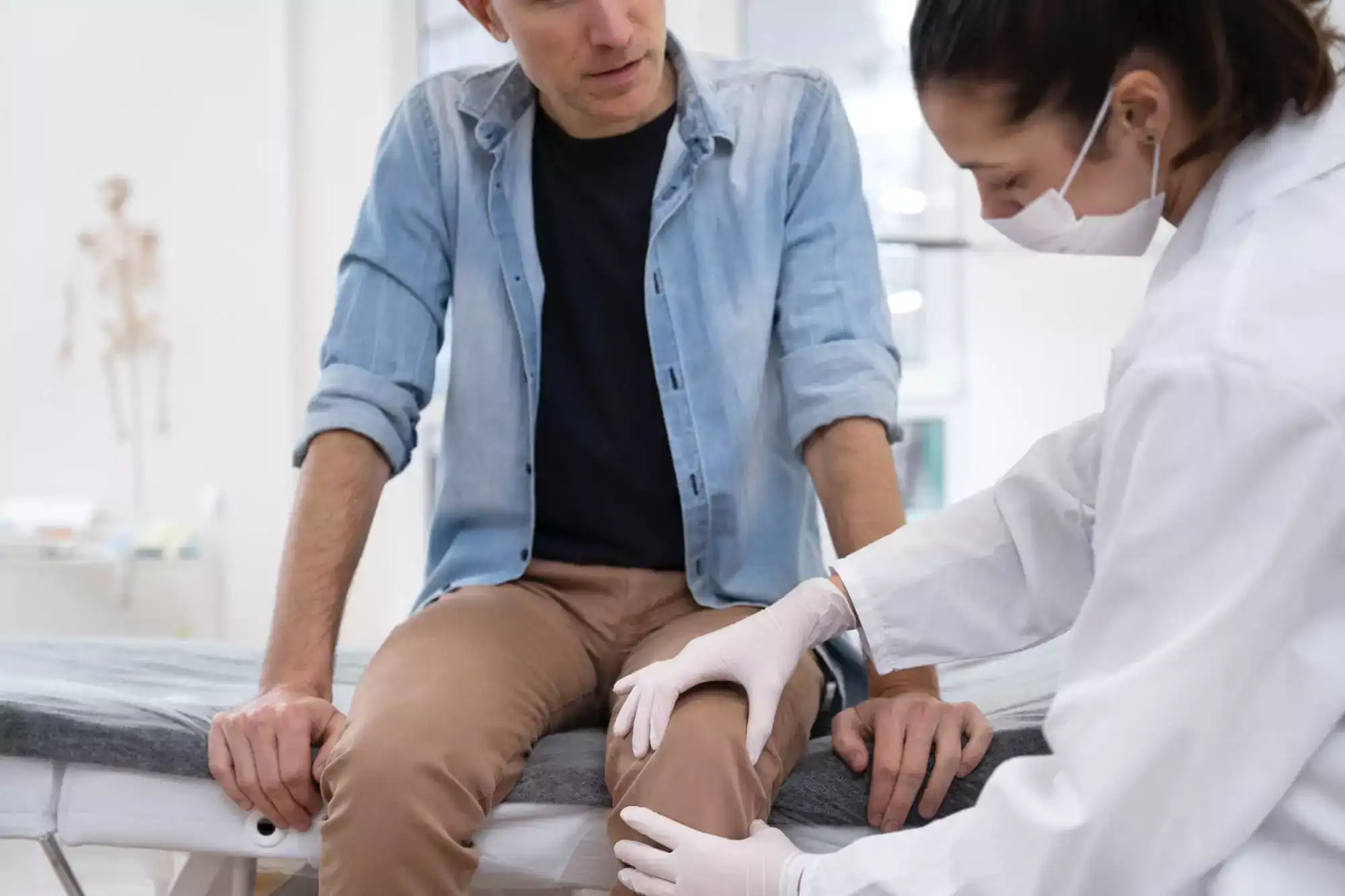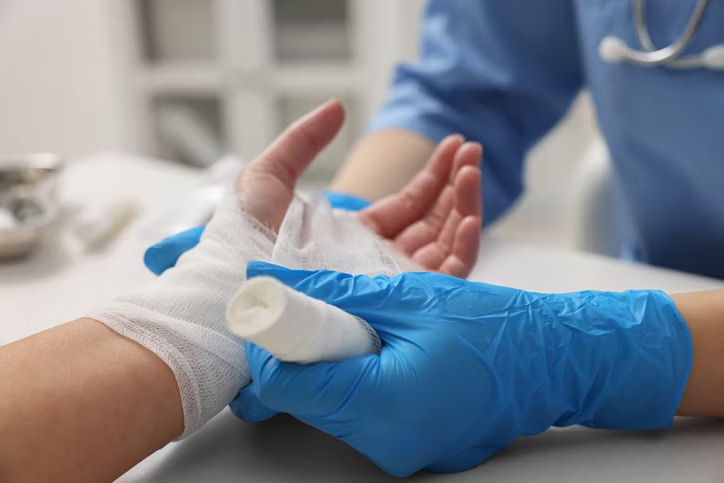Understanding Vaginismus
Vaginismus is a condition that causes involuntary tightening of the vaginal muscles, making penetration painful or even impossible. This can affect sexual health, intimate relationships, and overall quality of life. Many women feel frustrated or embarrassed, but vaginismus is more common than people realize, and effective treatments exist. The condition often has both physical and psychological components, meaning therapy may need to address both areas. Physical causes could include infections, injuries, or underlying medical conditions, while psychological triggers might involve anxiety, past trauma, or stress. Recognizing vaginismus as a legitimate medical condition is essential for seeking help and reducing self-blame. Dispelling myths, such as believing it is “all in your head,” can encourage women to pursue proper care.
Causes and Triggers
Vaginismus can develop due to a combination of physical and psychological factors. Physical causes may include vaginal infections, hormonal changes, childbirth complications, or injury from surgery. Psychological influences can involve past sexual trauma, anxiety, or fear associated with penetration. Relationship dynamics can also impact the severity of symptoms, as trust and communication play a role in intimacy. Hormonal changes during menopause or postpartum can make vaginal tissues more sensitive, increasing discomfort. Stress, both general and sexual, can heighten muscle tension, making treatment more challenging. Understanding these triggers helps healthcare providers tailor vaginismus treatment for individual needs.
Recognizing the Symptoms
Identifying vaginismus involves noticing both physical and emotional signs. Common symptoms include pain during penetration, involuntary muscle contractions, or discomfort when using tampons or undergoing gynecological exams. Many women experience anxiety or fear before intimacy, which can intensify the condition. Some may notice tension or cramping in the pelvic area even when not attempting penetration. Emotional responses, such as shame, guilt, or frustration, are common and can affect self-esteem. Recognizing these symptoms early is crucial for seeking timely intervention. Being aware of personal patterns and triggers can also guide women in choosing the right vaginismus treatment strategies.
Diagnosis and Assessment
A thorough evaluation is essential to ensure proper treatment. Healthcare providers may conduct a physical exam, review medical history, and assess psychological factors contributing to vaginismus. Specialized tools, such as pelvic floor assessments, help determine the severity of muscle contractions and sensitivity. Early assessment allows for targeted therapies, preventing the condition from worsening over time. Collaboration between gynecologists, physical therapists, and mental health professionals is often necessary for comprehensive care. Providers may also discuss lifestyle factors, such as stress levels and relationship dynamics, which influence treatment outcomes. Personalized treatment plans ensure that both physical and emotional aspects of vaginismus are addressed effectively.
Treatment Options
Vaginismus treatment typically involves a combination of physical, psychological, and holistic approaches.
A. Physical and Medical Approaches
Pelvic floor therapy is a common method that helps relax and strengthen vaginal muscles. Vaginal dilators are often used to gradually increase comfort and flexibility during penetration. In some cases, topical medications or hormonal treatments can reduce pain and inflammation. Emerging medical interventions, like Botox injections, may provide relief for severe muscle contractions. Consistent physical therapy exercises, combined with relaxation techniques, can significantly improve outcomes. Professional guidance ensures that exercises are performed safely and effectively. Tracking progress with a healthcare provider helps maintain motivation and adjust treatment as needed.
B. Psychological and Emotional Approaches
Cognitive Behavioral Therapy (CBT) can help address anxiety, fear, or trauma associated with penetration. Mindfulness exercises and relaxation techniques reduce stress and pelvic muscle tension. Counseling for past trauma may be essential in cases where psychological factors play a significant role. Partner involvement in therapy sessions can improve communication and intimacy. Emotional support from friends, family, or therapists encourages adherence to treatment. Integrating psychological approaches with physical therapy often produces the best results. Patients are empowered to regain confidence and a positive sexual experience.
C. Holistic and Lifestyle Strategies
Yoga, stretching, and other body awareness exercises can promote pelvic relaxation. Breathing exercises help reduce muscle tension and anxiety during intimacy. Nutrition and hormonal support may play a role in vaginal health and overall wellbeing. Combining multiple strategies, such as physical therapy and emotional counseling, increases the effectiveness of vaginismus treatment. Practicing at home consistently supports progress between professional sessions. Lifestyle adjustments, including stress management and self-care routines, contribute to long-term improvement. Personalized holistic strategies complement medical treatments for a comprehensive approach.
At-Home Practices and Self-Care
Women can take active steps at home to support vaginismus treatment. Gradual exercises using dilators help the pelvic muscles relax and adapt comfortably. Daily relaxation practices, including deep breathing or meditation, reduce tension and fear associated with penetration. Journaling feelings and progress can provide insight into emotional patterns and triggers. Creating a supportive, pressure-free environment encourages consistent practice. Self-care routines, such as warm baths or gentle stretching, improve muscle comfort. Regularly communicating with a healthcare provider ensures exercises are done safely and effectively.
Partner Involvement
Partners can play a crucial role in supporting treatment. Open communication about fears and challenges builds trust and understanding. Encouraging intimacy without pressure helps women feel safe during therapy. Joint participation in therapy or at-home exercises can strengthen the relationship. Learning relaxation techniques together creates a shared approach to managing symptoms. Partners who are patient and empathetic provide emotional reassurance, reducing anxiety. Involving a partner appropriately can accelerate progress and enhance intimacy.
Common Challenges in Treatment
Progress may not always be linear, and setbacks are normal. Emotional hurdles, such as fear or frustration, can temporarily slow improvement. Physical discomfort may persist during early stages of therapy, requiring patience. Maintaining consistent practice and motivation is crucial for success. Clear communication with healthcare providers helps address challenges promptly. Understanding that each journey is unique reduces unrealistic expectations. Strategies for coping with setbacks support long-term recovery and emotional wellbeing.
Resources and Professional Help
Finding specialized therapists or clinics can greatly improve treatment outcomes. Online communities provide education, emotional support, and peer encouragement. Informative guides and literature help patients understand the condition and treatment methods. Telehealth services make professional care accessible for remote or busy individuals. Local support groups offer safe spaces to share experiences and tips. Professional guidance ensures that both physical and emotional aspects are addressed. Combining multiple resources increases confidence in managing vaginismus.
Frequently Asked Questions (FAQ)
1. How long does vaginismus treatment usually take?
The duration varies depending on the severity and underlying causes. Some women notice improvement within a few weeks, while others may require several months. Consistency and professional guidance accelerate progress.
2. Can vaginismus be completely cured?
With proper treatment, most women experience significant relief or complete resolution. Combining physical, psychological, and lifestyle strategies improves outcomes.
3. Are there risks associated with using vaginal dilators?
When used correctly and gradually, dilators are safe. It is essential to follow professional instructions to prevent injury or discomfort.
4. Can I still have a fulfilling sexual life during treatment?
Yes, intimacy can be adapted to focus on comfort and emotional connection. Patience and communication are key to maintaining a satisfying sexual relationship.
5. How can partners best support someone with vaginismus?
Being patient, empathetic, and involved in therapy sessions or at-home exercises provides reassurance. Open communication and understanding reduce anxiety and enhance intimacy.
6. When should I seek professional help?
If pain or fear interferes with intimacy, tampon use, or gynecological exams, seeking a healthcare provider is recommended. Early intervention improves treatment success.






